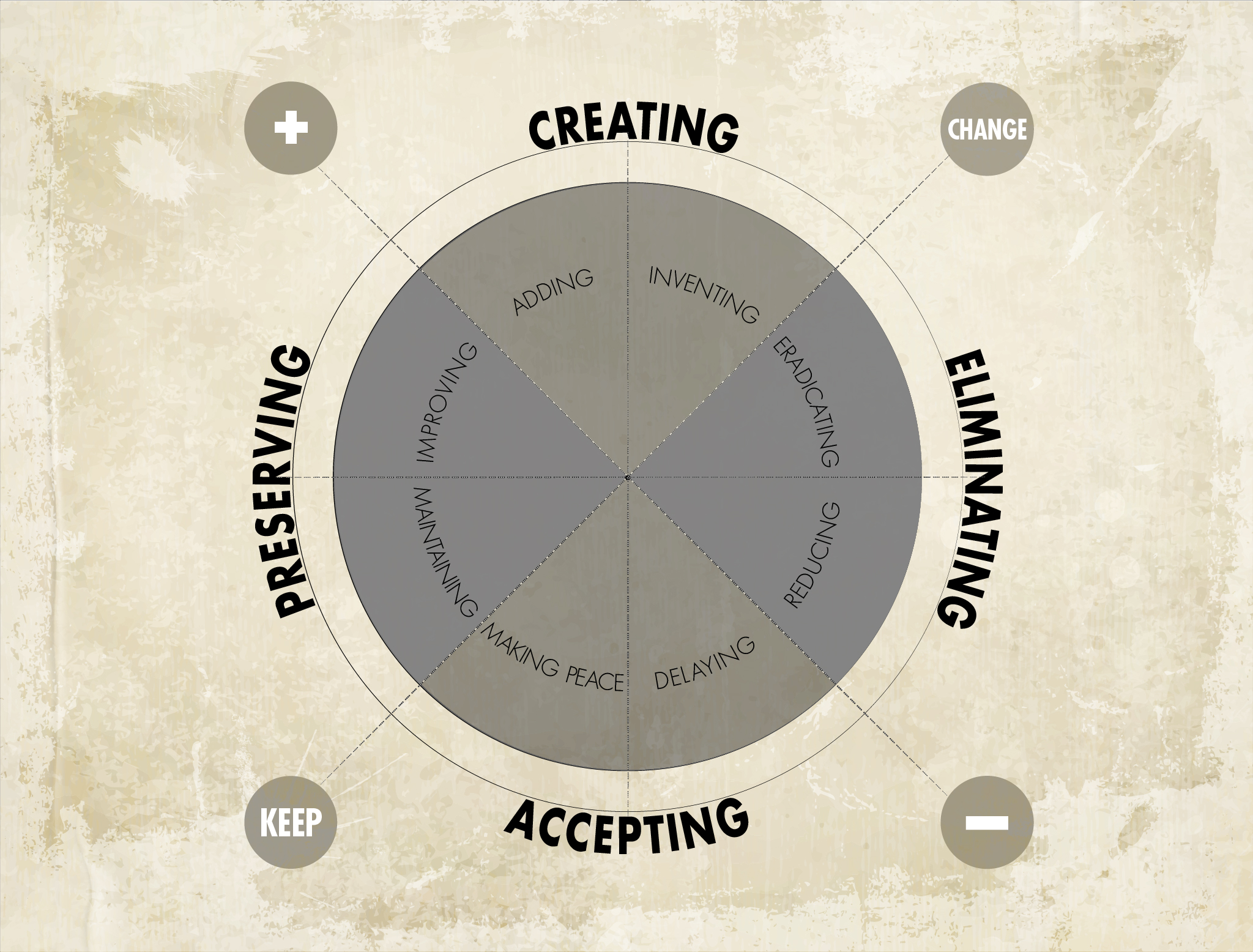The subtitle of the book Triggers is what caught my attention:
“Creating behaviors that lasts — Becoming the person you want to be.”
Majority of the people are resistance to changes that have the potential of dragging them out of the comfort zone. Use myself as an example:
During my high school and beginning of college, my dad always told me to do more things that he considered positive, such as exercise and reading. I was very aware that those advises are indeed contributive to my future. So I did had a few attempts from time to time. Yet, they didn’t stick. Went out for a jog usually turn into a walk, which then turn into sitting in front of computer the next day; opened a novel to read but only went half way through till I opt for the movie version to get to the ending within two hours.
“We are superior planers, inferior doers.”
It’s easy to make decision to change and take the first step, or even keep up till the first few steps, but IT DOESN’T STICK. So what’s going on here?
First, let’s understand The Wheel of Change.

This is developed to guide decision on what to change and what to keep. Huffington Post explains this two-dimension illustration.
After analyzing your situation, you should come down to these decisions to choose from: change, keep the positive, or keep the negative.
The power of Active Questions:
Passive questions will make people say “no” easily. For example, “do you have a clear goal?” Once people answered no, which is likely the truth, they are not likely to look within to take responsibility to say “it’s my fault”. Instead, they tend to look for external excuses, such as “there are so much going on lately.”
Active questions, however, put the person accountable, seek for efforts rather than results. Some examples are:
- Did you do your best to set clear goals for yourself?
- Did you do your best to be happy?
- Did you do your best to to find meaning?
- .. build positive relationship with people?
- … to be fully engaged?
Which then lead us to the Engaging Questions:
Did I do my best:
- … to set clear goals today?
- … to make progress towards my goals today?
- … to find meaning today?
- … to be happy today?
- … to build positive relationships today?
- … to be fully engaged today?
In order to keep this gauging process consistence, get someone else to ask you everyday like a daily assignment. These questions reinforce the awareness of one’s own responsibility to stick to the behavior change.
A good application is asking yourself these questions at situations that you don’t normally enjoy as much. For example, a boring business meeting. Instead of blaming the meeting, engage yourself and do your best to make use of the moment.
Here’s a speech from Marshall Goldsmith that dive into more details about the 6 Engaging Questions.
From what I understand, this book is telling us to be mindful of the very moment you are in, and behave in a way that aligns with your goal. In business, we always say organizations need to set SMART (Specific, Measurable, Attainable, Realistic, Time-bond) goals, and follow the GOST (Goal – Objective – Strategies – Tactics) to achieve. Organizations have board of directors and stakeholders constantly gauging the process. As individuals, though, we also need a monitoring system that measures our everyday contribution so we can achieve the behavior change.
